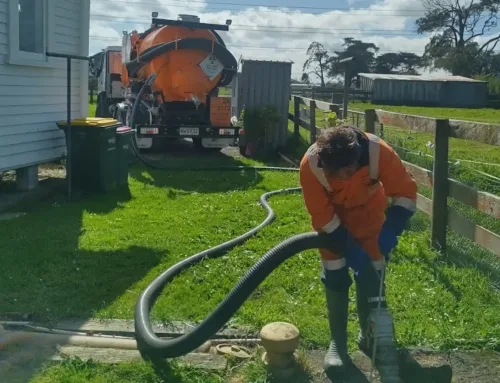7 Easy Facts About Reclaim Waste Explained
Wiki Article
What Does Reclaim Waste Do?
Table of ContentsWhat Does Reclaim Waste Do?The Ultimate Guide To Reclaim WasteThe smart Trick of Reclaim Waste That Nobody is DiscussingNot known Facts About Reclaim WasteSome Ideas on Reclaim Waste You Need To Know
Explore the types, incidents, and kinds of liquid waste. Residential sewage waste describes the waste and items from a property sewage-disposal tank. This sort of waste is developed by humans in residences, institutions, and various other buildings. This only consists of sewage-disposal tanks that have a drainpipe field. The appropriate administration and disposal of domestic sewage waste need fluid waste to be moved to a sewage therapy plant where the appropriate methods and devices are applied to cleanse and throw away waste.
Commercial waste usually consists of potential risks, such as flammable materials or a mix of fluid and strong waste items, and requires an advanced and in-depth disposal procedure. The disposal of commercial waste generally involves the filtration of waste prior to transport to make sure risk-free and proper disposal. Hazardous waste is created from byproducts and overflow of industrial procedures and production.
This kind of waste can not make use of the very same sewage management transportation or procedures as septic or industrial fluids. The industrial waste monitoring process calls for the examination and testing of fluid waste before it undertakes the disposal process (liquid waste disposal). Runoff waste is the liquid waste that originates from drainage and excess stormwater in very populated areas or cities
Overflow waste can create contamination and flooding if not dealt with properly. Find out more concerning sewer cleaning and waste administration. Making sure appropriate waste administration can avoid disasters and minimize ecological injury. Both people in domestic settings and specialists in business or manufacturing markets can benefit from recognizing the processes and laws of fluid waste monitoring.
Reclaim Waste Things To Know Before You Get This
Get in touch with PROS Services today to find out about our waste monitoring and disposal solutions and the correct methods to take care of the liquid waste you create.(https://writeablog.net/reclaimwaste1/reclaiming-resources-a-comprehensive-guide-to-industrial-wastewater-treatment)This so-called 'wastewater' is not just an essential resource yet, after treatment, will be launched to our land, waterways or the sea. Made use of water from commodes, showers, bathrooms, kitchen sinks, laundries and commercial procedures is understood as wastewater.

water used to cool machinery or tidy plant and tools). Stormwater, a type of wastewater, is overflow that flows from agricultural and metropolitan locations such as roofings, parks, yards, roads, paths and seamless gutters into stormwater drains pipes, after rainfall. Stormwater flows unattended directly to neighborhood creeks or rivers, eventually reaching the sea.
10 Simple Techniques For Reclaim Waste
In Queensland, the majority of wastewater is dealt with at sewer therapy plants. Wastewater is delivered from residential or commercial websites via a system of sewers and pump stations, understood as sewage reticulation, to a sewer treatment plant.The Department of Natural Resources advises city governments concerning managing, operating and maintaining sewage systems and therapy plants. In unsewered areas, city governments might call for owners to install individual or family sewer look at more info therapy systems to treat residential wastewater from toilets, kitchens, bathrooms and laundries. The Department of Natural Resources authorises using home systems when they are proven to be reliable.
The majority of stormwater obtains no treatment. In some brand-new communities, treatment of some stormwater to remove clutter, sand and crushed rock has begun using gross pollutant catches. Wastewater therapy takes place in 4 phases: Removes solid matter. Bigger solids, such as plastics and other things incorrectly discharged to sewage systems, are eliminated when wastewater is passed through displays.
Wastewater then flows right into huge storage tanks where solids settle and are eliminated as sludge. Oil and scum are skimmed from the surface area. Uses small living organisms called micro-organisms to break down and eliminate remaining dissolved wastes and great particles. Micro-organisms and wastes are included in the sludge. Removes nitrogen and phosphorus nutrients that might trigger algal flowers in our waterways and endanger water life.
The Buzz on Reclaim Waste
Nutrient elimination is not offered at all sewer treatment plants due to the fact that it calls for expensive specialised devices. Clear fluid effluent created after therapy might still include disease-causing micro-organisms - liquid waste disposal.
Many wastewater flows into the sewage system. Under the Act, regional governments administer authorizations and licences for eco relevant tasks (Ages) including wastewater releases that could have a regional impact.
The Facts About Reclaim Waste Revealed
Monitoring offers accurate details about water quality and can confirm that licence conditions are being met. The information obtained through monitoring offers the basis for making water high quality decisions.Report this wiki page